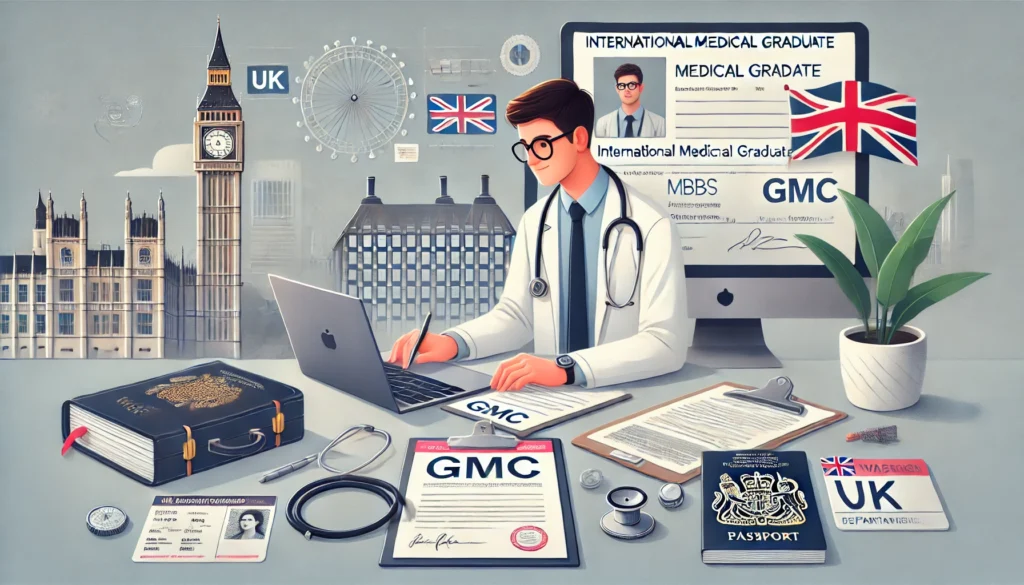“48% of parents feel so overwhelmed by stress that it’s unbearable.” Let that sink in. Parenting isn’t just about raising kids, it’s a cornerstone of societal health. Yet, right now, parents are drowning. The U.S. Surgeon General has called this a public health emergency. And honestly? It’s about time someone did.
The Numbers Don’t Lie-They Scream for Help
- 33% of parents report high stress levels in 2023. Compare that to 20% of non-parents.
- Nearly half say their stress feels completely unmanageable most days.
- Children bear the brunt too. Stressed parents often mean stressed kids.
These aren’t just stats-they’re lives unravelling. When parents struggle, children suffer. Communities falter. Society pays the price.
Why Are Parents So Stressed?
Let’s break it down.
1. Financial Strain is Crushing Families
Childcare costs more than rent in many places. Education expenses keep climbing. Groceries? Forget about it. Many parents work tirelessly but still can’t catch a break.
2. Social Isolation Feels Like a Trap
Ever felt like you’re the only one struggling? You’re not alone. Parenting can sometimes feel incredibly lonely as many parents lack community support. They feel isolated, with no one to turn to when things get tough.
3. Technology Adds Fuel to the Fire
Screen time battles. Social media comparisons. Endless notifications. Technology was supposed to make life easier-but for many parents, it’s just another headache.
4. Youth Mental Health is a Growing Concern
Parents worry about their kids’ mental health. But here’s the kicker: they often don’t have the tools or resources to help.
Why Parental Stress is Everyone’s Problem
When parents are stressed, it doesn’t stay contained. It spills over.
- Chronic stress leads to anxiety and depression in parents.
- Kids with stressed parents face developmental delays and emotional struggles.
- Society feels the ripple effects: unstable communities, rising healthcare costs, and lost productivity.
This isn’t just a family issue-it’s a societal crisis.
What Needs to Change? Systemic Solutions Are Key
We can’t fix this with Band-Aids. Real change requires systemic action.
1. Paid Family Leave Must Be Non-Negotiable
Imagine recovering from childbirth or caring for a sick child-without financial ruin. A national paid family leave program could make that a reality.
2. Mental Health Care Should Be Accessible
Parents need affordable therapy. They need crisis support. They need preventive care. Without it, we’re setting families up to fail.
3. Community Support Networks Are Essential
Parenting shouldn’t be a solo act. Local governments, nonprofits, and communities must step up. Think parent groups, childcare co-ops, and mentorship programs.
What Can Parents Do Right Now?
Systemic change takes time. But there are steps you can take today.
1. Build Your Village
Reach out to other parents. Join local groups. Find online communities. Trust me, you’re not alone.
2. Set Boundaries Around Technology
Limit screen time for yourself and your kids. Prioritize face-to-face connections. Dealing with the pressures of social media comparisons, technology has added a new layer of stress; thus, small changes can make a big difference.
3. Prioritize Your Mental Health
Seek therapy. Practice mindfulness. Talk openly about your struggles. Taking care of yourself isn’t selfish-it’s necessary.
This Is Bigger Than Any One Family
Parenting is hard, but it doesn’t have to be this hard. The stress parents face isn’t just personal-it’s societal. By addressing systemic barriers and supporting parents through meaningful change, we can create healthier families and stronger communities.
Here’s what you should take away:
- Parental stress is a public health crisis.
- Systemic solutions like paid leave and mental health care are critical.
- Parents can take actionable steps now to ease the pressure.
Ready to Make a Difference?
Let’s treat parenting as the essential role it is. Advocate for policies. Support local programs. Start conversations. Together, we can ease the pressure on parents and pave the way for a healthier future.
So, what are you waiting for? Let’s get to work!










